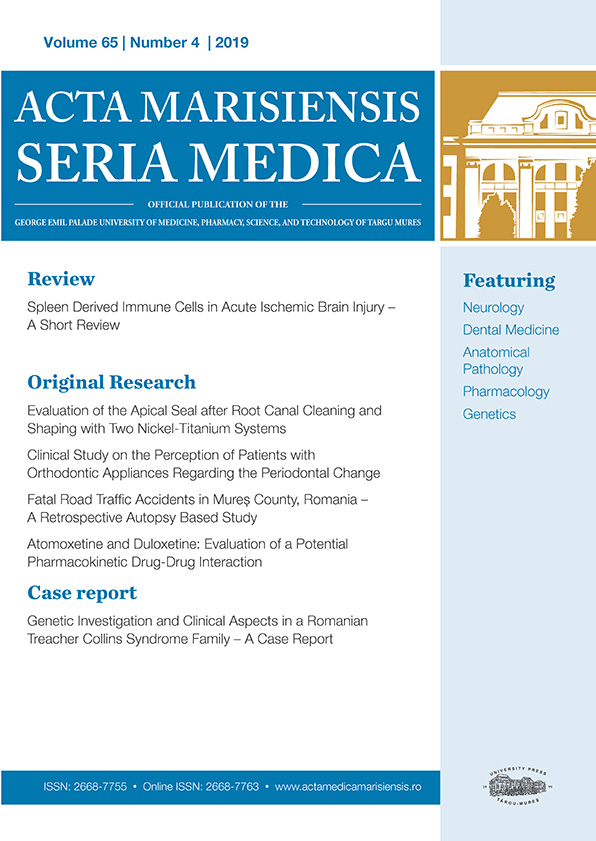Controls in Real-Time Polymerase Chain Reaction Based Techniques
Abstract
From its discovery in the 1980s, Polymerase chain reaction was further developed and is nowadays used as the foundation for the various PCR-based techniques used in molecular diagnosis across different species, and numerous types of samples.
Real-Time PCR enables the user to monitor the amplification of a deoxyribonucleic acid (DNA) or complementary DNA (cDNA) target during the PCR run, in real-time, and not at the end, as it is the case in conventional PCR. The most frequent types of applications include gene expression analysis, gene silencing, variant analysis, and fusion temperature analysis.
Given its vast field of application, a key question remains, and it is related to the controls (negative controls, positive controls, internal exogenous and endogenous controls) and their purpose in a Real-Time PCR experiment. In this paper, we set out to find how and when to use them, and which type of controls are suitable for certain experiment types, since the use of appropriate controls during Real-Time PCR experiments will reduce the effects of variables aside from the independent variable within the sample, therefore yielding accurate results, be it in research or diagnostic purposes.
Copyright (c) 2020 Valeriu Moldovan

This work is licensed under a Creative Commons Attribution-NonCommercial-NoDerivatives 4.0 International License.









